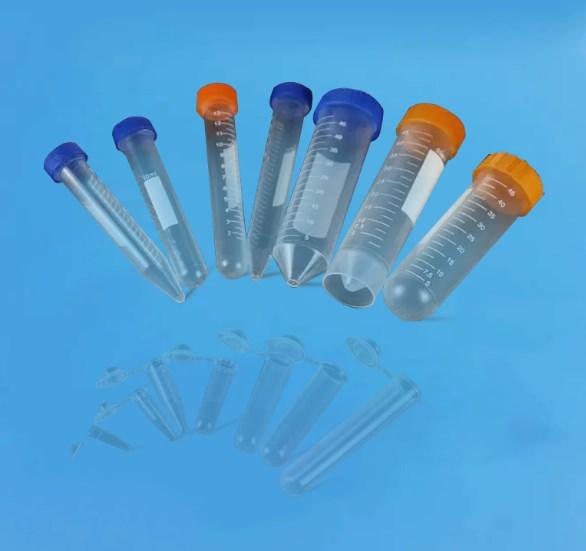On the stage of scientific experiments, centrifuge tubes play a crucial role. They are like silent contributors behind the scenes, providing a solid guarantee for the smooth progress of experiments. Centrifuge tubes come in various specifications, and how to choose the appropriate specification to meet the needs of different scale experiments has become a question that every experimenter needs to think carefully about.
The specifications of centrifuge tubes are mainly reflected in capacity. Commonly seen are 1.5 ml, 2 ml, 5 ml, 10 ml, 15 ml, 50 ml, etc. Different capacities of centrifuge tubes play unique roles in different experiments. For some small-scale experiments, such as nucleic acid extraction in molecular biology experiments, 1.5 ml or 2 ml centrifuge tubes are often the ideal choice. These centrifuge tubes are small in size and easy to operate, able to meet the processing needs of a small amount of samples. In the process of nucleic acid extraction, centrifuge tubes can be used to hold lysis buffer, washing solution and the finally extracted nucleic acid sample. Experimenters can separate different components by centrifugation to obtain pure nucleic acid. At this time, the sealing property and chemical stability of the centrifuge tube are particularly important. High-quality centrifuge tubes can ensure that the sample will not leak during centrifugation and will not react with the sample chemically and affect the experimental results.
For some medium-scale experiments, such as cell culture experiments, 5 ml or 10 ml centrifuge tubes are more applicable. In the process of cell culture, operations such as cell passage and centrifugal collection need to be performed. These centrifuge tubes have a moderate capacity and can meet the processing needs of a certain number of cells. For example, during subculture, cells can be digested from the culture flask and put into a centrifuge tube for centrifugation, and then the cells are re-inoculated into a new culture flask.


